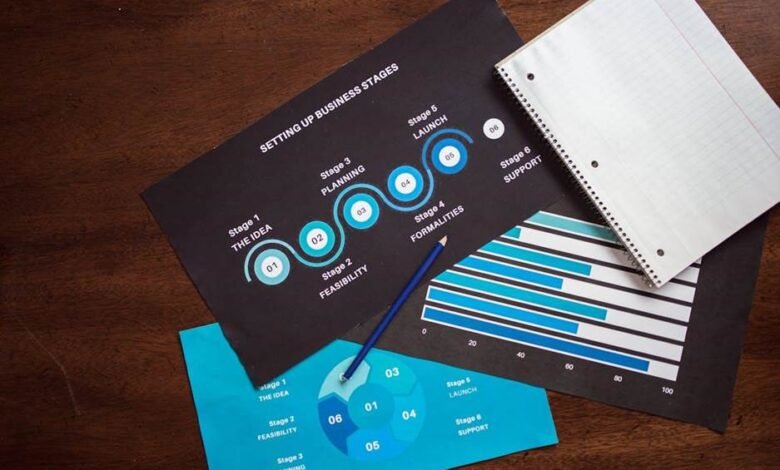Strengthen Your Budget: Lamina’s Approach to Financial Planning

For many, the idea of a formal spending plan feels like a cage; a set of rigid rules designed to limit fun. But what if it’s the opposite? What if a well-planned money management system is actually the key that unlocks freedom? It’s a tool that gives you permission to spend on what you value, while ensuring your foundation is solid.
Building this kind of robust economic strategy is about taking control and consciously directing your resources toward the life you want to live. Here is a method for creating a more resilient and effective framework for your money.
● Get an Honest Look at Your Cash Flow
You need to have a clear view of your money before you can make any real adjustments. For one whole month, promise to keep track of every dollar that comes in and every dollar that goes out. You can use a special program, a simple spreadsheet, or simply a little notebook. Even small business owners, like those running Williams Custom Carpentry Inc., can benefit from applying this same habit to better manage cash flow and expenses.
The instrument doesn’t matter as much as how well you use it. This isn’t a test of your judgment; it’s a mission to find out the truth. The information you collect will be the foundation for a stronger and more responsive personal financial system. If you don’t do this honest appraisal, you’re just making guesses.
● Adopt a Framework, Not a Cage
You may start to give your money direction once you know where it’s going. The 50/30/20 rule is a good place to start. It says that half of your take-home money should go to needs (such as housing, electricity, and groceries), 30% should go to wants (like going out to eat and having fun), and 20% should go to saving and paying off debt.
However, it’s crucial to view this as a flexible starting point, not an unbreakable law. Your life is unique, and your money plan should be too. Maybe your savings goal requires a 70/10/20 split for a while.
The goal is to find a ratio that works for you. This user-centric philosophy is important to the way companies like Lamina think about financial tools; they should adapt to your life, not the other way around.
See also: Food Handlers Medical Test – Protecting Both Customers & Businesses
● Create a Buffer for Small Surprises
Life is full of minor, unexpected expenses, which is one of the main reasons individuals give up on their spending plans. A last-minute birthday gift, a copay for a prescription, or a small maintenance around the house—like purchasing evergreen trees for sale in Toronto to enhance your yard—can throw a month that was going well into disarray. To fight this, add a tiny “oops” or “miscellaneous” budget to your strategy.
This is a modest sum of money, maybe $50 to $100 a month, that you set aside just for these tiny surprises. You can roll it over or utilize it to reach a greater objective if you don’t need it. This little buffer absorbs shocks, so slight bumps don’t turn into big problems.
● Make It a Living Document
A spending plan is not a “set it and forget it” affair. Your income, expenses, and priorities will change over time, and your plan needs to evolve with them. Schedule a brief, non-negotiable check-in with yourself once a month. This can be as simple as 30 minutes on a Sunday morning.
During this time, review your spending from the previous month. Did you stick to your plan? Where did you overspend? Do you need to adjust your categories for the upcoming month? This regular maintenance keeps your plan relevant and effective, ensuring it continues to serve your life as it is today.
● Identify Potential Points of Failure
A truly robust plan is one that has been tested. Once you have a comfortable routine, take some time to “stress-test” your setup. Ask yourself some “what if” questions. What if you were faced with a $500 car repair bill tomorrow? Where would the funds come from? What if your income dipped by 10% for a few months? Which “wants” would you cut back on first?
Thinking through these scenarios helps you identify weaknesses in your plan before they become real-world problems. It highlights the importance of your emergency fund and your knowledge of what other resources, like quick cash assistance online, are available for true, unexpected crises.
Your Blueprint for What’s Next
A well-constructed money management system does more than just track your bills. It becomes a dynamic partner in your life. It’s the tool that gives you the data to confidently make big decisions. It’s the framework that allows you to absorb a financial shock without panic.
Most importantly, it’s the blueprint that connects your daily, weekly, and monthly actions to your biggest and most exciting future goals. It transforms abstract dreams into a concrete set of steps, empowering you to build the tomorrow you truly want, one conscious decision at a time.




